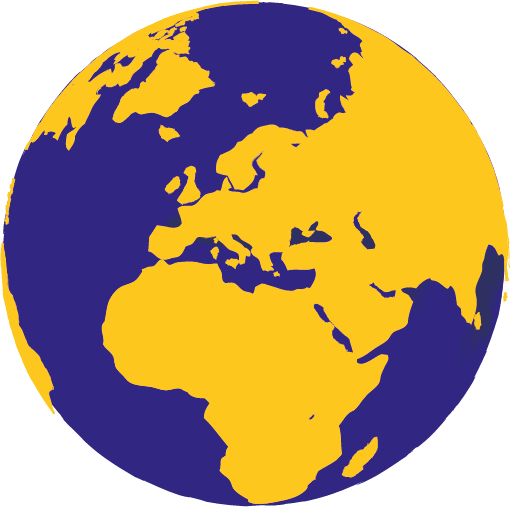A group of children in a residential special school crowd around us when we visit, pulling at our clothes and hair, craving our attention and a kind word. An 11-year-old girl asks: “Will you find me a family?” I ask her why and she replies: “Because I’ve never had one. I see them on the TV, I want to know what it feels like”.
We have just moved an 18-year-old woman with learning disabilities from one of the worst institutions I have ever seen. She is settling into her new home and we are cooking in the kitchen. She asks: “Who do I look like, my mum or my dad?” We don’t have a proper answer. She was left in the institution at birth. There are no names, no photographs. Nothing to tell her for certain. I ask her, “Who do you think you look like?” “I think I look like my mum”. I reply that I am sure she is right. We sit and she draws a picture of her imagined mother.
I have met hundreds of children in institutions who have no idea who their family is. They have moved from one institution to another and any sense of their family history has been lost. Yet they never stop thinking about or asking about where they come from, their identities, and the elements that make them who they are.
For most of us, our families are so interwoven into the fabric of our lives and our identities that we take them for granted. Our sense of self is completely bound up with our shared history. Being told how much we resemble our mum or dad, or aunty – or from whom we inherited the musical talent or why we are good at sport or bad at maths – is part of what anchors us and makes us feel that we belong. It is the collective sharing and memory that actually makes us the individual we are. Without this, each child in the institution is like any other, an endless sea of nameless faces.
For communities and societies, it is clear that when families thrive, children thrive. Caring and protective families are central to a child’s health, development, and protection. They grow into fulfilled and productive citizens.
It is perhaps because we take family so much for granted that it is has been possible for the United Nations’ new ‘Sustainable Development Goals’ (SDGs) – the framework for measuring the success of international development over the next 15 years – to have been drafted without any mention of the importance of family.
The SDGs do clearly recognise that to build a sustainable future, all societies must ensure the health, welfare, protection and development of all children. But the goals as they are drafted appear to suggest that families are not necessary to ensure this. The drafters cannot see that it will be extraordinarily difficult to achieve the SDG targets in health, early childhood development, education, and protection without a concerted effort to engage and support families.
This dangerous logic, child development without families, has been tried, tested and found wanting many times throughout history: in Dickensian Britain; in the industrial schools for Native Americans and Australia’s Aboriginal schools; in Ireland’s Magdalene laundries; and in orphanages and institutions of Eastern Europe, Cambodia, Haiti and Uganda, and many other nations.
The results of this social experiment have been devastating for children. Eighty years of research has proven that children do not thrive outside families. Removing child and placing them in an institution in the name of providing health, education or protection services in fact does them more harm than good. It harms their brain development, exposes them to a high risk of abuse, and creates a generation of lost adults, who struggle to find their way in the world.
By failing to mention the need for families to be supported and nurtured, the SDGs as they stand fail to prevent further institutionalisation. Countries will have to report back against some essential SDG indicators, for example the number of girls in education or the infant mortality rate. However, unless the goals ask countries to record the number of children in institutional care and the support provided for families, they will not gather this data and institutionalised children will remain invisible, ignored by development programmes.
How is it possible that our plans for global development are missing this vital opportunity to help some of the world’s most disadvantaged children? The SDGs are supposed to ensure that ‘no-one is left behind. If the global community does not recognise the fundamental role of families in ensuring child development (and therefore human development), what hope is there for the eight million children in institutions and the countless other millions living on the street, or trafficked or otherwise outside family care? They will be left behind, again
We are told it is too late to change the SDGs, that negotiations on the text are too far advanced.
We do not accept that. There is still time. In recent weeks and months, Lumos and its supporters have put this issue onto the global agenda. Many countries, organisations and agencies around the world share our concern. We will all continue to press this issue throughout the final months of the SDGs process. We owe it to those millions of children.
To find out more about the SDGs and why Lumos believes they need to include families, see here.



